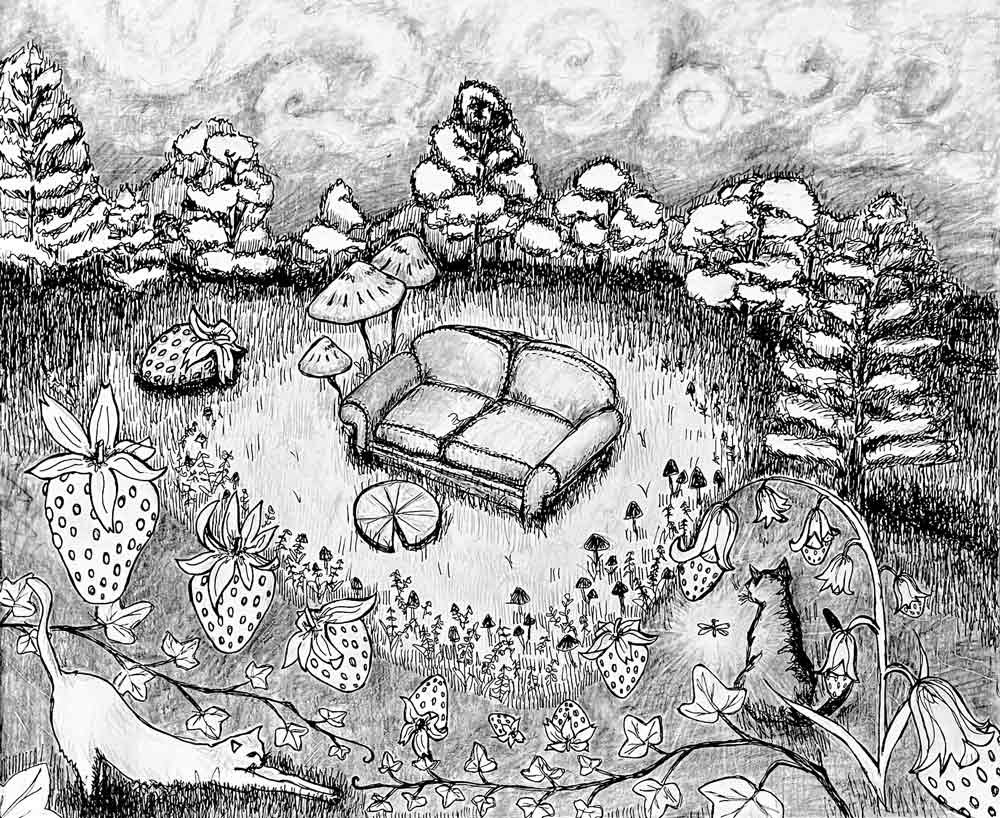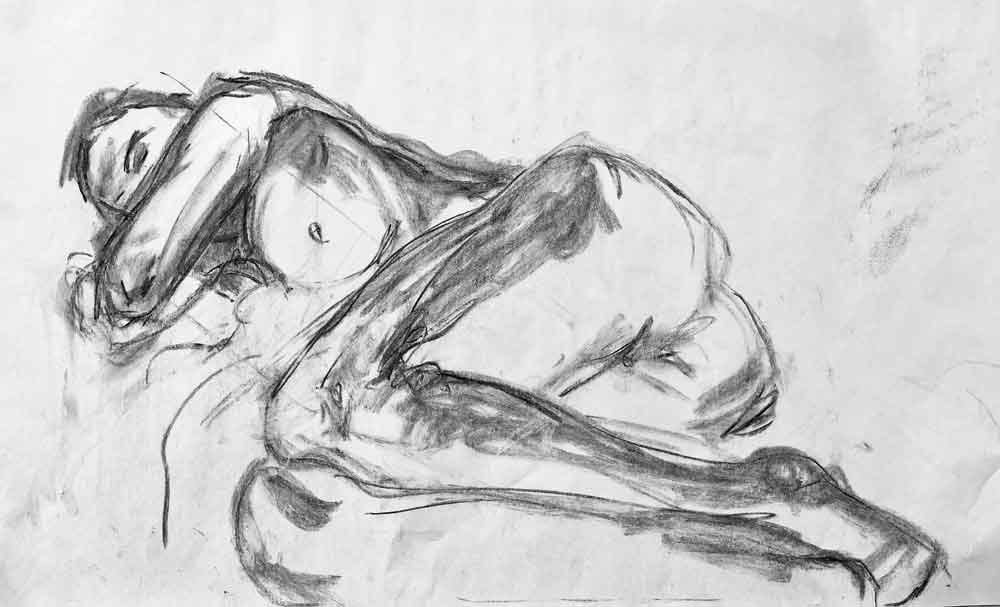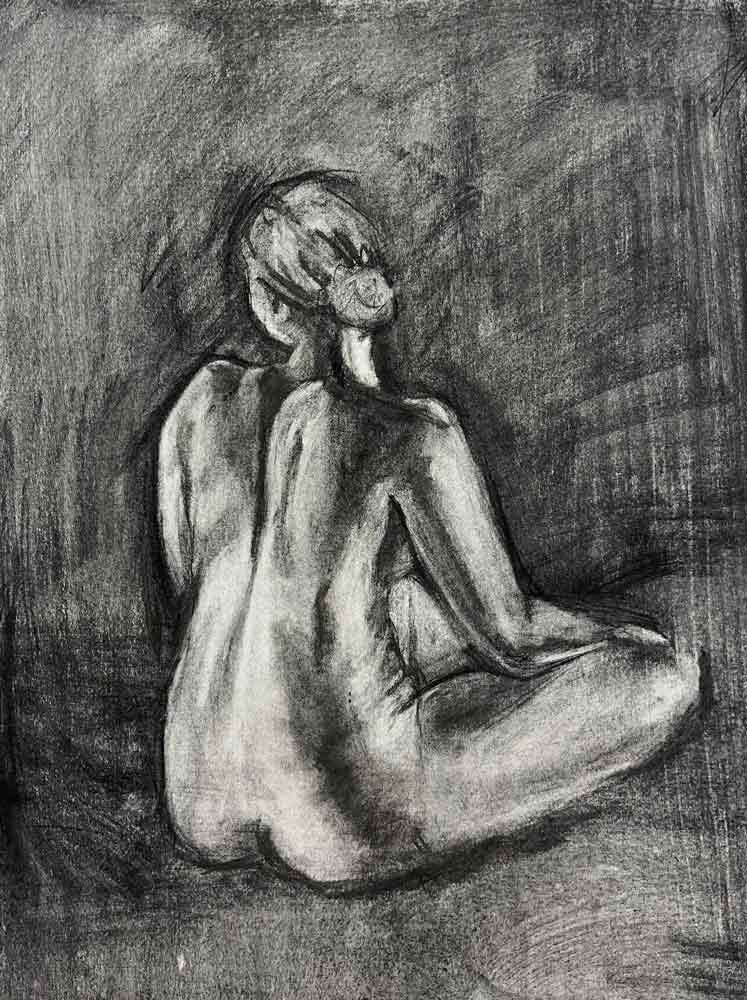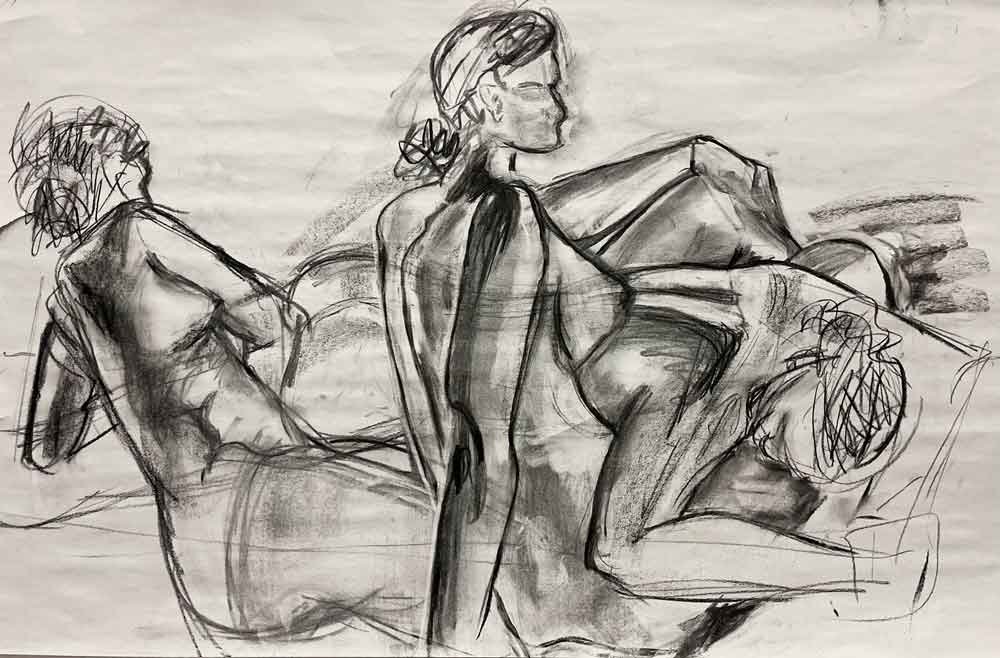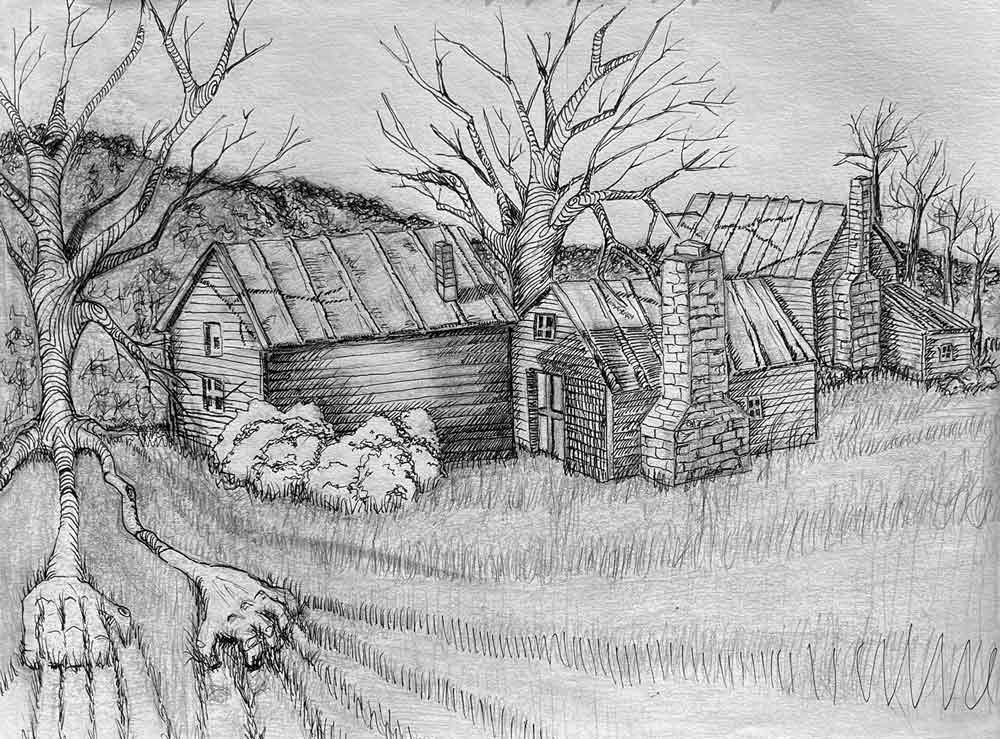Legacy and Rupture is an exhibition of seven artists, each reimaging how Black Americans are viewed and understood. This exhibition is curated by interdisciplinary artist and educator Howard el-Yasin. Legacy & Rupturebrings together work expressing the multiplicity of African American identities, framed by the everydayness of precarity, trauma, and memories at the City Gallery in New Haven, CT. The exhibition opens May 1st and ends May 30th of 2021.
Without Black legacy Black people can experience perceptions of fragility or incompleteness. In the void, we seek connection to our indigenous selves or reimage the world in our own image. We strive to assimilate with time and space. Legacy ruptures the narrative of loneliness — blackness does not have to be a vacuum; it can be an enveloping force. Blackness is not darkness — it is expansion.
Being Black means being part of the Black legacy. Being an empowering and unyielding force for the Black ethos rather than a disparate appendage of other people’s judgements of blackness. Having a legacy also means being entitled to space and having access to time. And not just having space but having a celebrated space. Not just existing in time but being seen within time — throughout it.
Time and space measure our reality. Space — three dimensions; four walls, or the world, as we interact with it. Time — the 4th dimension; a biform of the linear and the cyclical. Time, as we experience it, is linear but any historian will tell you that the events and the ideals are cyclical — chronic. Professor and author, Christina Sharpe, reminds us that “the past that is not past reappears, always, to rupture the present.”
Trauma reappears. Too often, the legacy of African American lives is trauma, work, and chronic pain. Those of us who descend from slaves carry the discomfort of displacement with us. Those who emigrant voluntarily carry the fear of the families they left behind. When we do not heal from the wounds of our history the scars will fester and erupt. This creates a dimensionality to trauma that allows it to cause intergenerational suffering — a legacy of trauma.
This exhibition creates a liminal oasis between space and time as a method of healing. Within art we can be seen — finally seen — as our true selves and that is a catalyst for congruence. For African Americans, congruence is especially challenging — allowing one’s view of themselves to no longer conflict with one’s view of Blackness — not only being accepted into the Black community but accepting ourselves as part of the Black community and as an individualized representation of Blackness.
In this exhibition, the artists self-identify within history — within time and space. This art is a refraction of the artists’ identities, allowing the audience to explore differences in representation rather than a reproduction of blackness.
THE ARTISTS & THE ART

